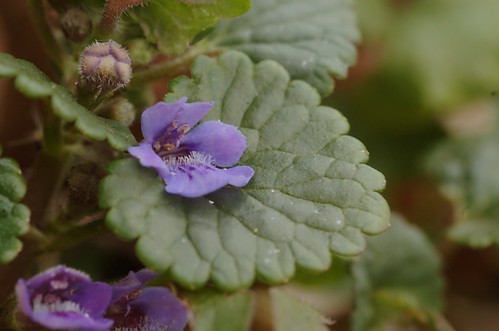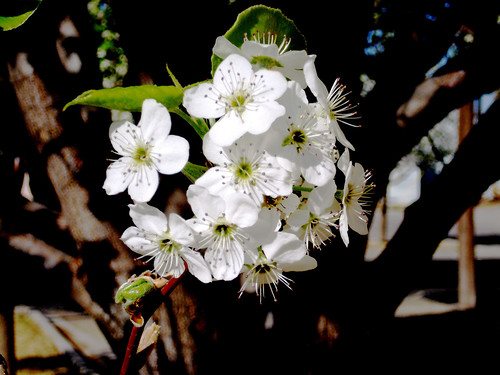
This spring has been an amazingly beautiful one florally. Usually during most springs on the east coast one sees the magnolia trees burst forth in bloom; but very shortly after they open there is a deadly frost that kills all the flowers. So what were once beautiful magnolias trees are now laden with frozen, brown ugly flowers. Nothing can be uglier than those big brown dead flowers. But this year it was different. The magnolia flowers remained looking lovely every day. Some magnolia trees were literaly wrapped in flowers.
The daffodils were spectacular. Everyone greeting one another saying, “isn’t this a magnificent year for daffodils?”. And it seemed like every house had amazing displays of daffodils. People in my area even had planted them in the center islands that were built to slow down traffic. So roads were beautiful as well as the gardens.
And this year wisteria were blooming their “vines” off. Visitors from the west coast were amazed to see tall trees covered with flowering wisteria. Sadly those vines strangle the trees; but still it was amazing to see all the wisteria blooms going up into the sky. Even TheGardenLady’s recalcitrant wisteria that had been dug up from her parents farm where it graced the front porch, had finally flowered this year after approximately 35 years in just this location alone- they are antiques.


